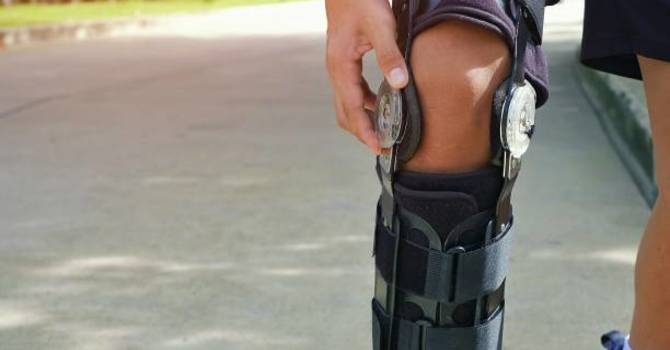
Craniosacral therapy (CST) is a gentle, alternative healing practice that has gained popularity for its subtle approach to improving health and well-being. But where did this therapy come from, and how did it develop into the practice we know today? Let’s take a journey back in time to uncover the origins of craniosacral therapy and how it evolved into a recognized healing method.
The Roots of Craniosacral Therapy
Early Influences and Concepts
The concepts underlying craniosacral therapy can be traced back to ancient healing traditions. Ancient cultures such as those in China, Egypt, and Greece had their own methods for understanding and manipulating the body’s energies and structures. These early practices laid the groundwork for modern bodywork therapies, although craniosacral therapy as we know it today did not emerge until much later.
Osteopathic Beginnings
The more recent origins of craniosacral therapy can be traced to osteopathy. In the late 19th century, Dr. Andrew Taylor Still founded the field of osteopathy. He developed a holistic approach to medicine that emphasized the interrelationship between the body’s structure and function. Dr. Still believed that by manipulating the musculoskeletal system, one could influence the body’s overall health and healing.
The Birth of Craniosacral Therapy
The Work of William Sutherland
The key figure in the development of craniosacral therapy was Dr. William Garner Sutherland, an early 20th-century osteopath. While studying osteopathy, Sutherland became fascinated by the concept of the cranial bones and their potential movement. He proposed that the cranial bones were not fused as previously thought but could move slightly, contributing to the overall health of the central nervous system.
In the 1930s, Sutherland began to develop his ideas into a systematic approach, which he called "cranial osteopathy." He believed that the rhythmic movement of the cranial bones and the flow of cerebrospinal fluid could influence health and healing. This work formed the basis for what would later become known as craniosacral therapy.
Expansion and Formalization
Dr. Sutherland’s ideas were further developed and expanded by his students and other practitioners. In the 1970s, John Upledger, an osteopathic physician, made significant contributions to the field. Upledger’s research and clinical practice led to the formalization of craniosacral therapy as a distinct modality. He coined the term "craniosacral therapy" and published several influential works that helped to define and popularize the therapy.
Upledger’s work involved refining the techniques used in craniosacral therapy and establishing protocols for its application. He emphasized the importance of a light touch and the role of the practitioner in guiding the body’s natural healing processes. His contributions helped to elevate craniosacral therapy from an osteopathic specialty to a broader, stand-alone practice.
Modern-Day Craniosacral Therapy
Growth and Recognition
Since its formalization, craniosacral therapy has grown in popularity and recognition. It is now practiced around the world and is used to address a wide range of conditions, from chronic pain to stress relief. The therapy is often integrated into complementary and alternative medicine practices and is respected for its gentle, non-invasive approach.
Professional organizations and certification bodies have been established to support practitioners and ensure high standards of practice. The International Association of Healthcare Practitioners (IAHP) and the Upledger Institute are examples of organizations that provide training and certification for craniosacral therapists.
Integration with Other Therapies
Craniosacral therapy (CST) is often used in conjunction with other therapeutic modalities. It is commonly integrated into holistic treatment plans alongside practices such as massage therapy, chiropractic care, and physical therapy. Its subtle, hands-on approach can complement other treatments and enhance overall well-being.
Conclusion
Craniosacral therapy has a rich history that combines ancient healing concepts with modern osteopathic practices. Its development can be traced back to the work of pioneers like Dr. William Sutherland and Dr. John Upledger, who refined and formalized the therapy into the practice we know today. With its gentle approach and focus on the body’s natural rhythms, craniosacral therapy continues to be a valuable tool in holistic health and wellness. Whether you’re exploring it for relief from specific conditions or as a complementary therapy, understanding its origins can give you a deeper appreciation for its place in the world of alternative medicine.
Dr. Jace Sandell
Contact Me



